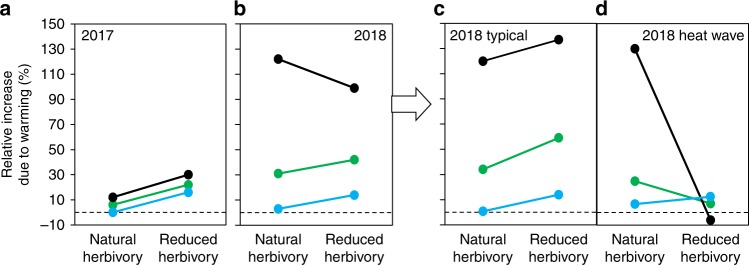Fig. 4. Schematic illustrations of how herbivory modified the effects of warming on ecosystem CO2 exchange.
Year 2017 responses are shown as a overall means only while year 2018 responses are shown as both b overall means and split into two periods: c typical weather conditions and d a period of an extreme heat wave (pale yellow stripe in Figs. 1 and 3). The relative increase in gross primary production GPP800 (green dots), net ecosystem exchange NEE800 (black dots), and ecosystem respiration Re (blue dots) due to warming was higher when herbivore pressure was reduced in 2017 and in 2018 under typical weather conditions, but not during the 2018 heat wave. These responses suggest that plants with reduced herbivory benefited more from warming (in terms of CO2 fixing) than plants with natural herbivory under typical humid conditions, but not under the heat wave, apparently because of being more susceptible to hydrological stress due to greater size (Fig. 2g) and higher water consumption (Fig. 3d).

